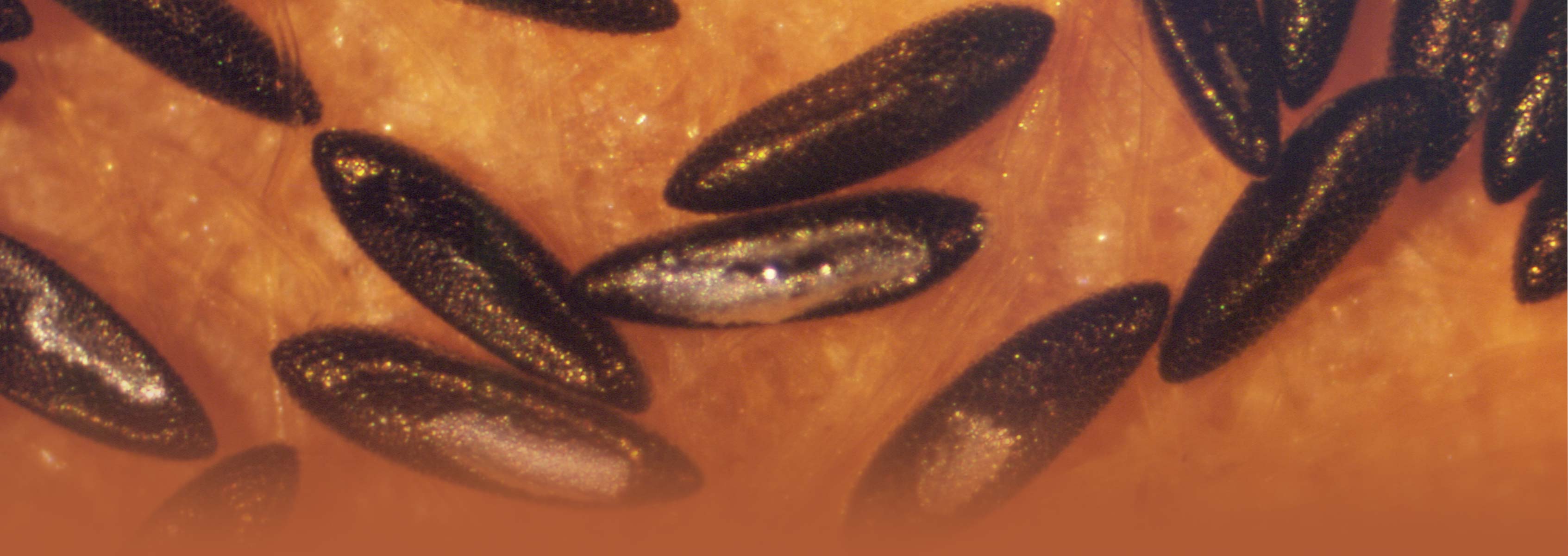Genetic Diversity and Evolutionary Dynamics of West Nile Viruses

Arthropod-borne viruses (arboviruses) are those viruses that are transmitted to humans primarily through infected mosquitoes and ticks bites. West Nile virus (WNV) is the leading cause of domestically acquired arboviral disease in the United States which belongs to the genus Flavivirus in the family Flaviviridae with a positive single standard RNA genome. It was first identified in the West Nile subregion in the East African nation of Uganda in 1937. Its natural cycle is between mosquitoes (Culex sp.) and birds. WNV was first reported in the Americas in 1999, and since then there are annual seasonal epidemics with several thousands of human cases, where the symptoms range from mild febrile illness to fatal encephalitis. This is a classic example of an emerging infectious disease where a virus introduced to a new ecology developed into a significant public health burden. In this project we will utilize both geographically focused and dispersed isolates (many with known disease outcomes) over time to assess the temporal and spatial variation of WNV in North America, as well as to identify selective pressures, virulence factors, and genetic correlates of disease transmission.
Funding
Research reported in this publication was supported by the National Institute Of Allergy And Infectious Diseases of the National Institutes of Health under Award Number U19AI110819. The content is solely the responsibility of the authors and does not necessarily represent the official views of the National Institutes of Health.